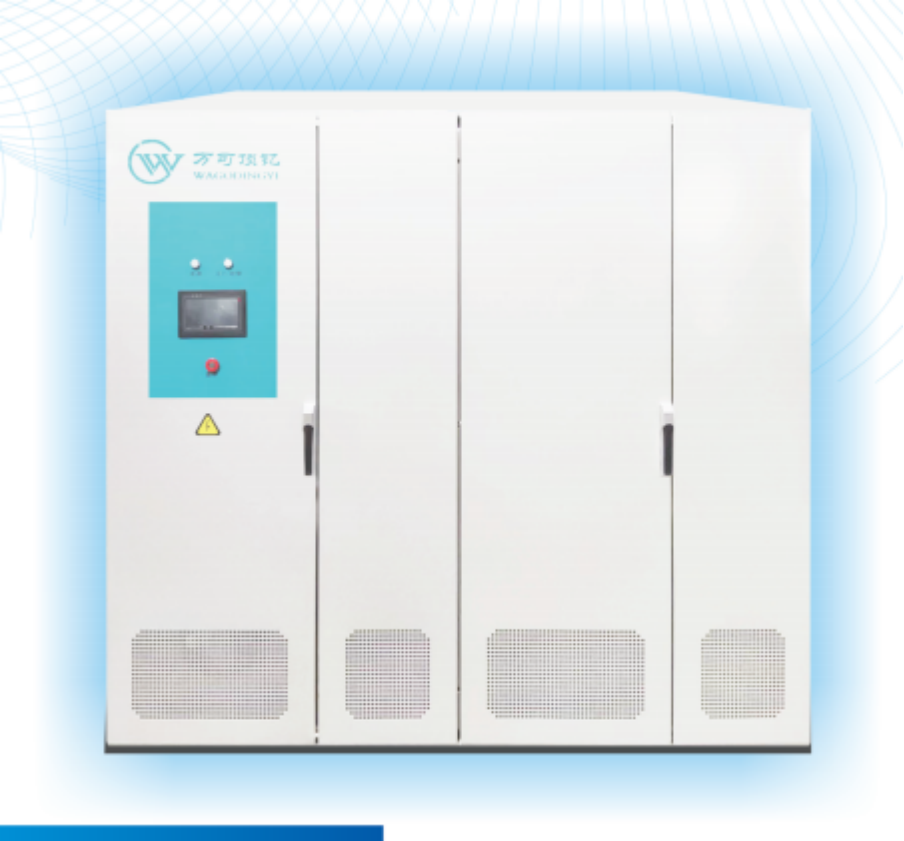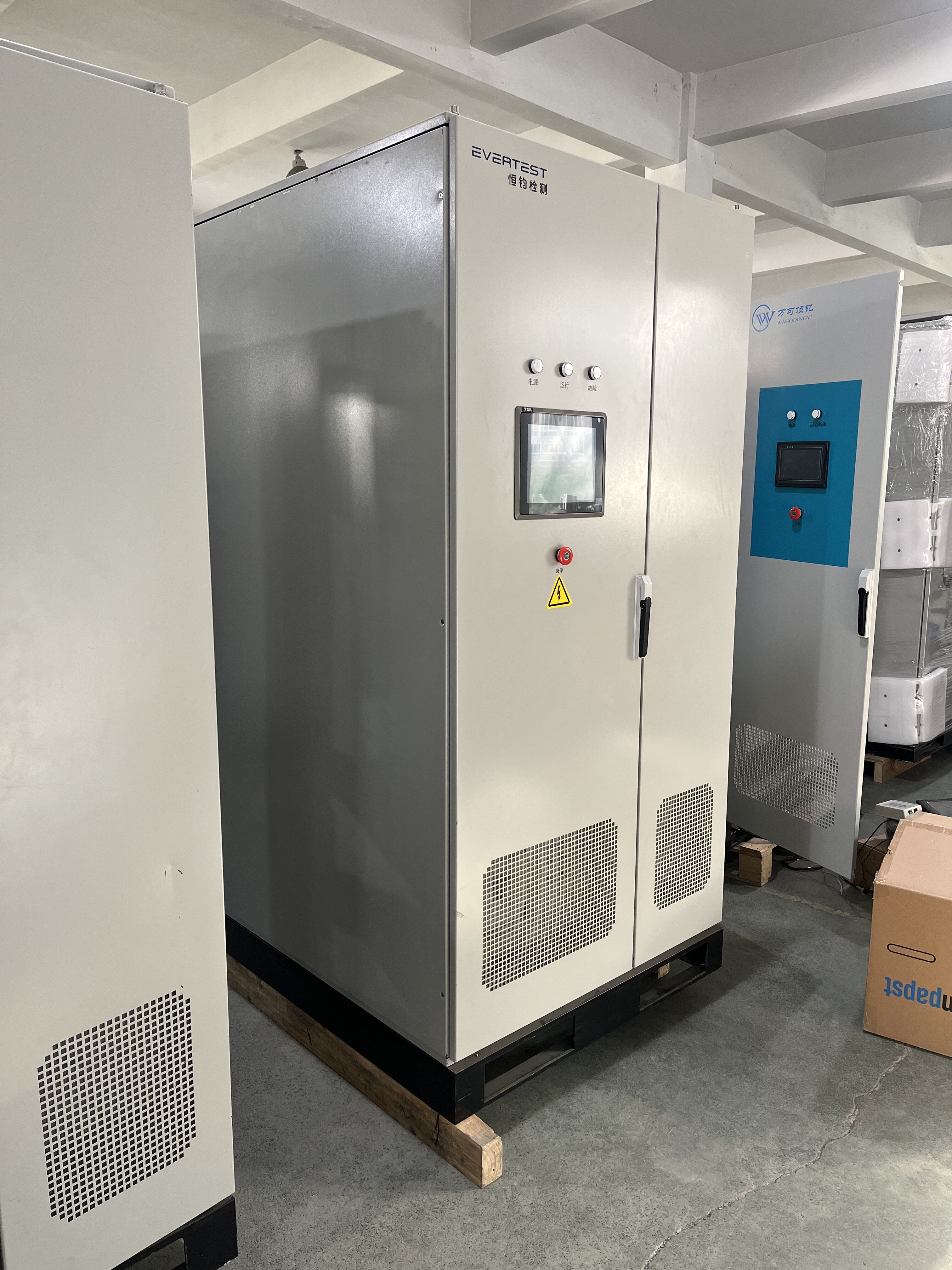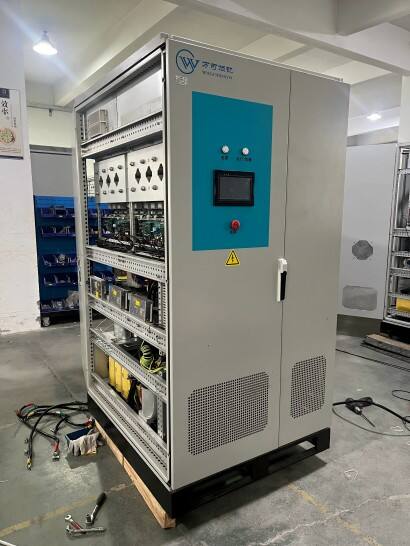wind power station
A wind power station represents a sophisticated renewable energy facility that harnesses the natural power of wind to generate clean electricity. These installations consist of multiple wind turbines strategically positioned to maximize wind exposure and energy production. Each turbine features aerodynamically designed blades that capture kinetic energy from moving air, converting it into mechanical energy through rotation. This mechanical energy drives a generator, transforming it into electrical power that can be fed into the power grid. Modern wind power stations incorporate advanced monitoring systems and smart grid integration capabilities, allowing for real-time performance optimization and efficient power distribution. The facility's design typically includes a comprehensive control center that monitors weather conditions, turbine performance, and maintenance requirements. These stations can be deployed both onshore and offshore, with offshore installations taking advantage of stronger and more consistent wind patterns. The technology employs cutting-edge materials science in blade construction, sophisticated wind assessment tools, and automated safety systems to ensure reliable operation in various weather conditions. Wind power stations play a crucial role in the global transition to sustainable energy sources, providing clean power generation capacity that can serve both industrial and residential needs.




